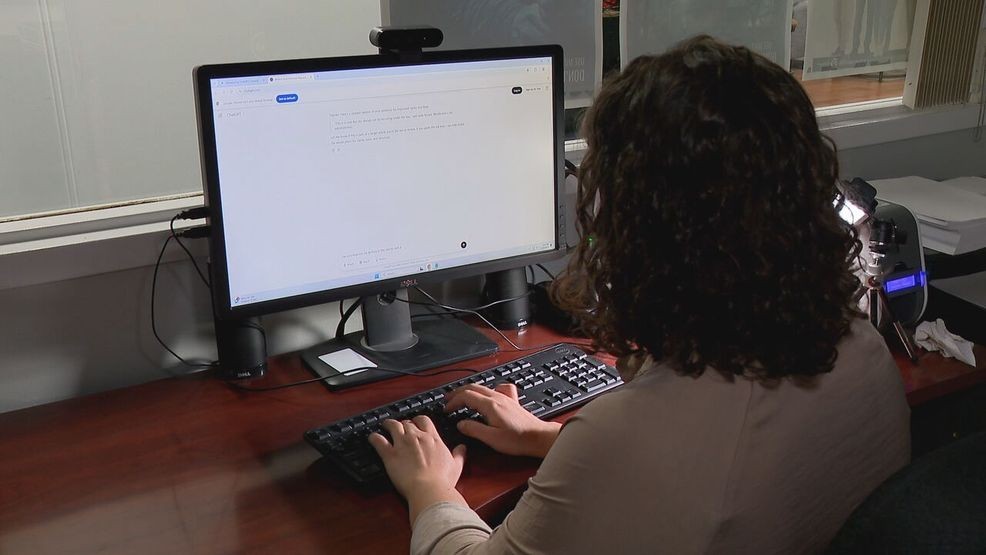GRAY (WGME) — Should teachers be using artificial intelligence in the classroom? It’s a question that one Maine high schooler is asking, after she says an AI tool was used to grade her work.
“The feedback didn’t make sense,” said Lucy Pedersen, a sophomore at Gray-New Gloucester High School.
Pedersen, 16, says her grades are very important to her. So, when she turned in a major history assignment and received a 71, she had a lot of questions.
“I got a very low grade back which is very odd to me,” said Pedersen. “I’m an honor roll student, all year I have been.”
Pedersen says she learned her assignment was run through an AI tool and then reviewed by her teacher. But when she asked her teacher for help understanding some of the feedback, she says her teacher told her to ignore some of the AI generated comments, admitting they didn’t make much sense.
Gray-New Gloucester Superintendent Chanda Turner declined CBS13’s interview request to discuss the use of AI by teachers in the district, instead writing in an email that AI is on the policy agenda in the coming months.
But Pedersen says there are rules for student use.
“We have one for students – that [we] can’t use AI, you’ll receive a zero. That’s the same as plagiarism,” Pedersen said. “But is it plagiarizing for teachers to use AI? Who is really grading your projects?”
Other school districts in Maine say using AI in the classroom can be a benefit.
Susie Simmons and Stephen Avery are technology coaches at bonny eagle schools and have started to implement AI at the district’s high school, both for students and teachers.
“I do think that the knee-jerk is, ‘Oh my gosh what are kids going to do? Is this the end of creative thinking, are they just going to cheat their way through? Like is this the end of human thought?’ which is a bit alarmist.” said Avery.
The duo says AI can help teachers complete tasks like making lesson plans and creating grading rubrics more efficiently, translating reading materials into a different language or reading level, and even giving feedback on student work.
“We’ve seen kids who have really academically strived, done well, and then they are assessed by the AI on a rubric and the AI says, ‘Well you really didn’t do that great on these aspects — you need to work harder,’” said Simmons.
But Avery and Simmons say their district set clear guidelines around AI, so teachers know it’s not a replacement for grading, and everything AI produces should be double checked.
“It really needs this human interaction,” said Tammy Mills, a senior lecturer at UMaine’s College of Education.
Mills says AI should exist in the classroom, but she says setting boundaries is very important.
“This is going to be the way going forward in the world in some way shape or form,” said Mills. “So, to not allow AI in the classroom or a school is doing a bit of a disservice for the students that you’re preparing for the future.”
A Rand research study found a quarter of K-12 teachers in the U.S. used AI tools in the 2023-24 school year. But 2024 data from the education non-profit Digital Promise found only 25 percent of districts had set policies or guidance in place.
Students like Pedersen argue the technology shouldn’t be used without rules. And when she asked her teacher not to run her assignment through an AI tool, her grade skyrocketed.
“I spoke out and I got my grade from a 71 to a 93,” said Pedersen. “It still doesn’t make sense to me.”
There are a handful of school districts in Maine with AI rules in place for the classroom, but experts say it can be hard to make a specific policy, since the technology is constantly changing.
The Maine Department of Education does offer an AI guidance toolkit for districts to reference, but using AI is not mandated for schools.
A bill that would have studied AI’s impact on education was debated earlier this year by state lawmakers but died in committee.
